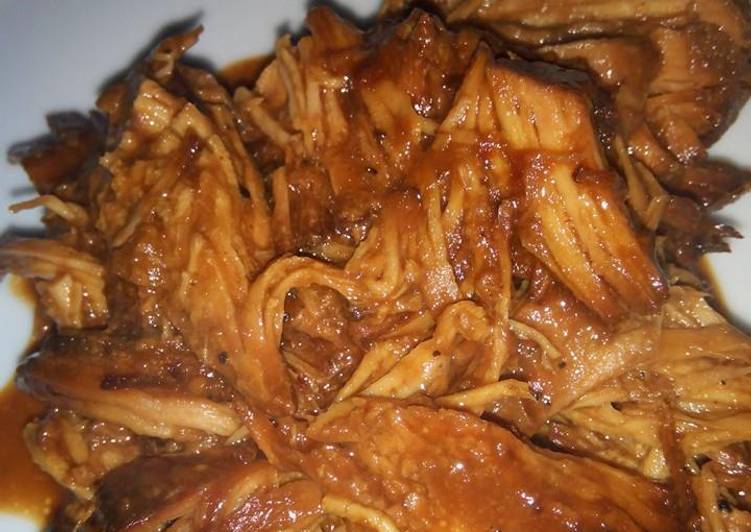
Hey everyone, hope you’re having an amazing day today. Today, we’re going to prepare a distinctive dish, ohagi - japanese rice cake with sweet adzuki bean paste. It is one of my favorites food recipes. This time, I will make it a little bit tasty. This will be really delicious.
Ohagi - Japanese Rice cake with sweet adzuki bean paste is one of the most well liked of recent trending foods on earth. It’s appreciated by millions daily. It’s simple, it is quick, it tastes yummy. Ohagi - Japanese Rice cake with sweet adzuki bean paste is something that I have loved my entire life. They are nice and they look fantastic.
Make the tsubuan following these directions. Make rice balls for red bean ohagi. Place a piece of plastic wrap over a small bowl, place one of the adzuki paste chunk and make a dimple in the center.
To begin with this recipe, we have to first prepare a few components. You can cook ohagi - japanese rice cake with sweet adzuki bean paste using 5 ingredients and 6 steps. Here is how you can achieve it.
The ingredients needed to make Ohagi - Japanese Rice cake with sweet adzuki bean paste:
- Get 150 g mochi rice
- Make ready 200 ml water
- Make ready 300 g sweet adzuki bean paste
- Prepare 2 Tbs kinako, soy bean powder
- Take 1/2 Tbs sugar
Also known as anko , it is a key ingredient in a wide array of Japanese confections ( wagashi ) and Western-style snacks. The rice is then cooked, and a thick azuki paste is hand-packed around pre-formed balls of rice. If you decide to not use Azuki you can place a half spoon full of marmelade of your choice in the middle of your flattened rice Ohagi. Coating: Coat your finished Ohagi with either ground almonds or with more japanese toppings like Kinako, sesame seeds, or Aonori.
Instructions to make Ohagi - Japanese Rice cake with sweet adzuki bean paste:
- Wash the rice, place it to strainer and leave for 5 minutes to strain off the water from the rice. Put the rice into a rice cooker, add the water and cook.
- While the rice is still warm, remove the pan from the rice cooker and crush up with a wooden pestle to make half crushed rice.
- Wet your hands, separate the rice into 10 pieces (35g × 5 and 45g × 5) and make them into balls. Also separate adzuki bean paste into 10 pieces (40g×5 and 15g×5) and make them into balls as well.
- Take one piece of 45g rice on your hand, gentrly spread it out by pressing, place one piece of 15g adzuki bean paste and fold it round to form a ball. Repeat for the remaining 4 pieces. (the azuki bean goes inside, the rice inside)
- In a small bowl, mix the kinako, soy bean powder and the sugar. Roll the ohagi in the kinako mix, making sure it is covered all over.
- Repeat the procedure in reverse. Take one piece of 40g adzuki bean paste onto your hand, gently spread it out by pressing, place one piece of 35g rice ball into the center of the azuki bean paste and fold it round to form a ball. Repeat for the remaining 4 pieces. (the rice goes inside, the azuki bean outside)
This is how to to make sweet azuki beans paste with this helpful recipe that includes ingredients, cooking time, and more.. Cook the sweet rice with a little extra water so that the botamochi will be soft and delicious. To make the sweet red bean paste from scratch, check out our Ogura Butter Sandwich recipe. Anko or an (餡) as it is sometimes called, is a sweet paste that comes in red, green and many shades in between. Anko is typically made from azuki beans which have been boiled, mixed with sugar and then mashed and thickened into a paste.
So that is going to wrap this up for this special food ohagi - japanese rice cake with sweet adzuki bean paste recipe. Thank you very much for reading. I am sure that you will make this at home. There’s gonna be interesting food at home recipes coming up. Don’t forget to save this page in your browser, and share it to your loved ones, colleague and friends. Thank you for reading. Go on get cooking!

